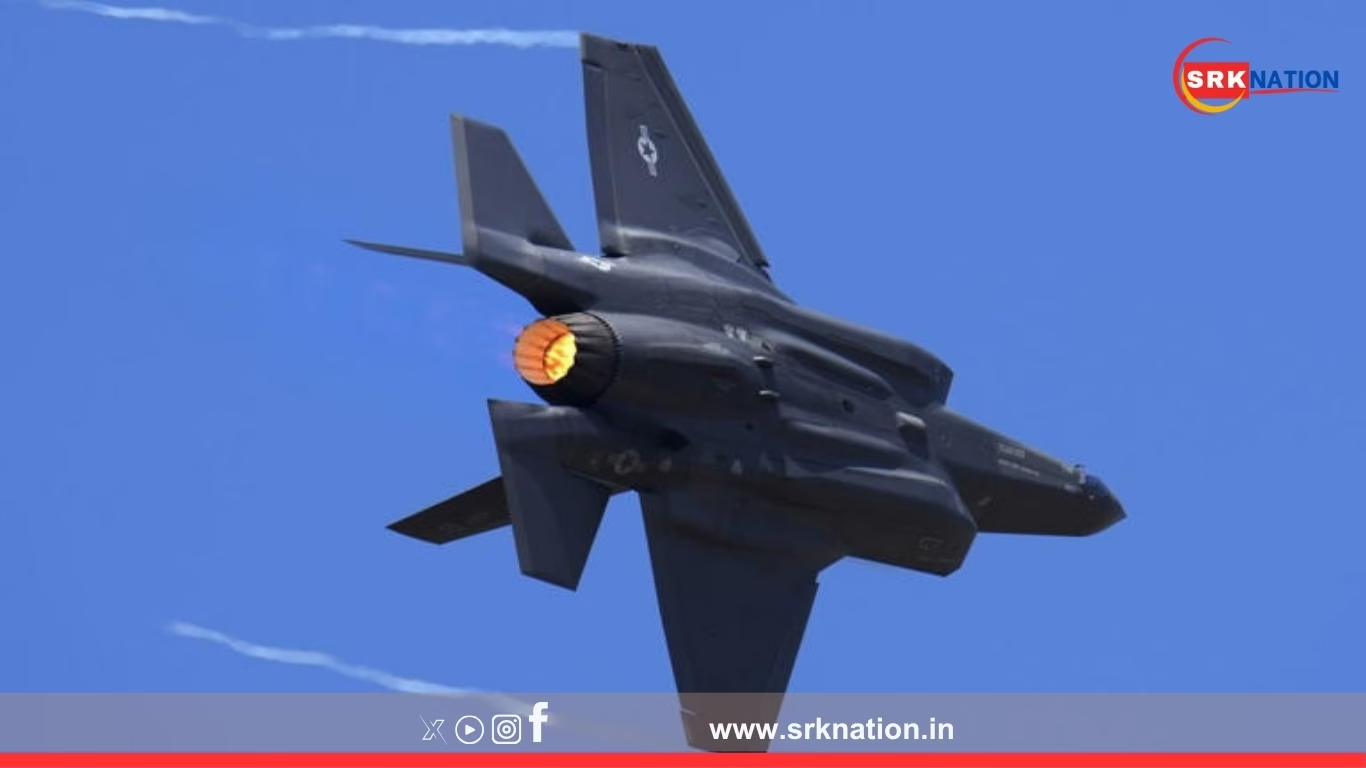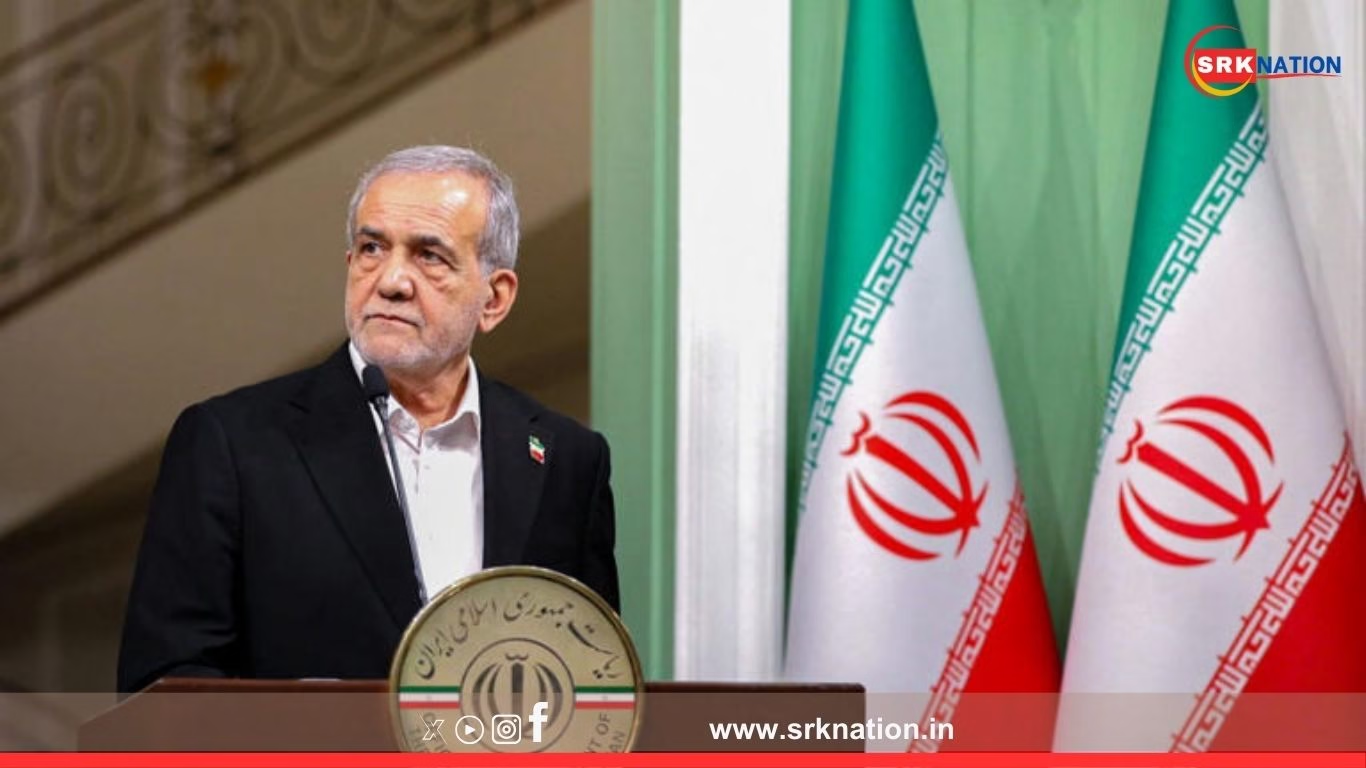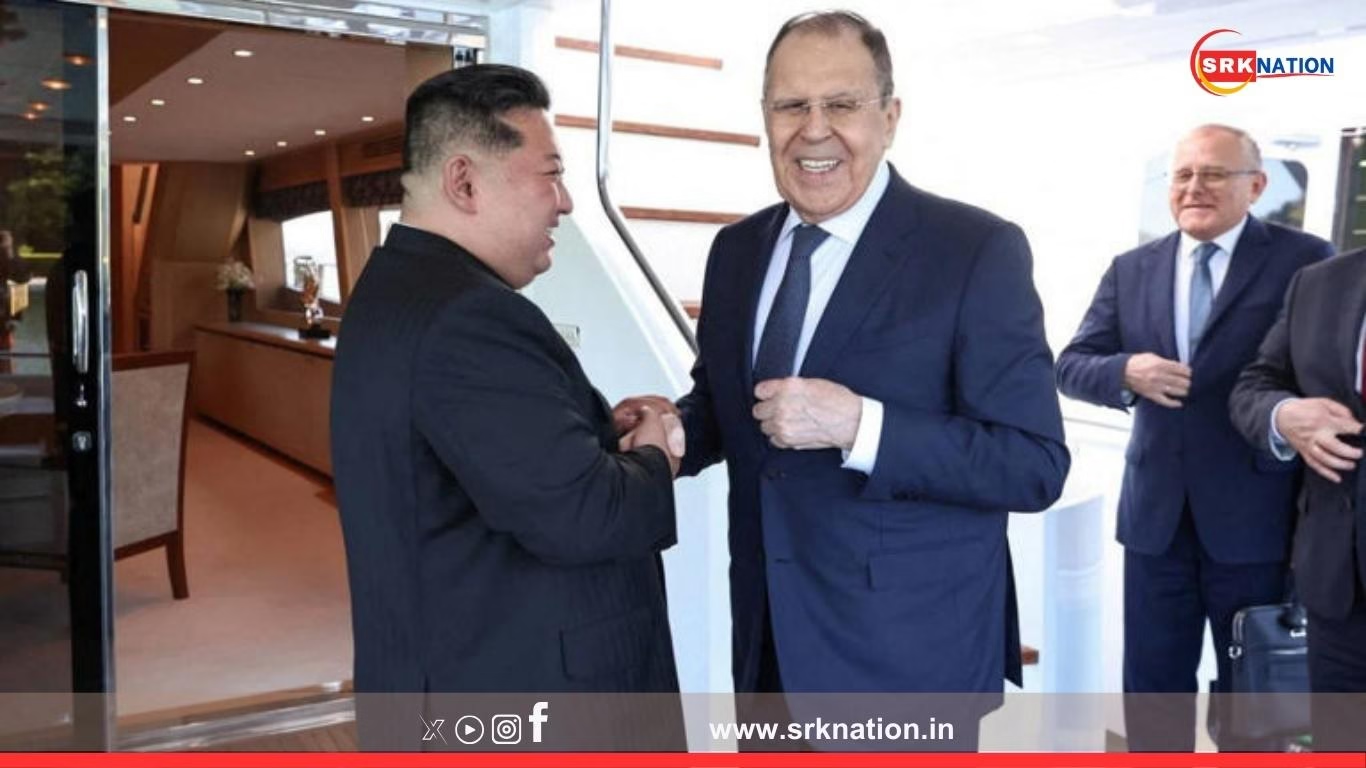Amid China’s intensifying military activities near Taiwan, a group of retired US generals and defence strategists have issued strong warnings urging the US Congress to accelerate funding for critical airborne early warning and stealth fighter capabilities. Their call specifically focuses on procuring the Boeing E-7 Wedgetail aircraft and expanding the F-35 Joint Strike Fighter fleet to counter Beijing’s growing air and naval power in the Indo-Pacific.
Context: Rising Taiwan Strait tensions
Over the past two years, China has dramatically ramped up:
- Aircraft incursions into Taiwan’s Air Defence Identification Zone (ADIZ)
- Large-scale naval drills simulating island blockade scenarios
- Deployment of hypersonic missiles and anti-access area denial (A2/AD) systems
In June, Chinese President Xi Jinping reasserted reunification with Taiwan as a “historic mission”, further alarming US military strategists who view it as a threat to regional stability, freedom of navigation, and allied security commitments.
What is the E-7 Wedgetail and why is it critical?
| Feature | Details |
|---|---|
| Aircraft type | Airborne Early Warning & Control (AEW&C) |
| Manufacturer | Boeing Defence, Australia origin |
| Primary role | Battle management, air surveillance, command and control |
| Key capability | Multi-role electronically scanned array (MESA) radar to detect and track airborne and maritime threats over vast areas |
The E-7 Wedgetail is currently operated by Australia, the UK, South Korea, and Turkey. The US has sought to fast-track acquisition as it plans to replace ageing E-3 Sentry AWACS aircraft, which are becoming operationally obsolete against modern stealth threats.
Retired generals’ letter to Congress
The group, including retired Air Force, Navy, and Marine Corps generals, submitted a detailed letter to Congress stating:
“The United States risks critical gaps in Indo-Pacific surveillance and battle management if E-7 procurement is delayed. This aircraft is essential to maintain situational awareness in a high-end conflict with China.”
They also warned that the Pentagon’s current AEW&C fleet is heavily reliant on legacy E-3 Sentry platforms with outdated radar and limited stealth detection capabilities. The Wedgetail, they argue, provides:
- Advanced sensor fusion
- Longer on-station endurance
- Greater survivability in contested airspace
Demand for more F-35s
The generals further called for an accelerated ramp-up in F-35 Lightning II stealth fighter production, underlining that:
- F-35’s fifth-generation capabilities are critical against China’s J-20 and J-35 stealth fighters.
- Electronic warfare and networking superiority of F-35s enhance joint force lethality.
- Projected force shortfalls could undermine deterrence posture in Taiwan and South China Sea contingencies.
Comparative table: US vs China airpower capabilities
| Capability | United States | China |
|---|---|---|
| Primary AEW&C aircraft | E-3 Sentry, E-7 Wedgetail (planned) | KJ-2000, KJ-500 |
| Fifth-generation fighters | F-22 Raptor, F-35 Lightning II | J-20 Mighty Dragon, J-35 carrier-based (testing) |
| Stealth aircraft numbers | ~600 (F-22 + F-35 combined) | ~150 J-20s (estimate) |
| Radar & sensor systems | AESA and MESA radars on Wedgetail (planned) | AESA radars on J-20, KJ-500 |
Key concerns over procurement delays
The US Air Force plans to purchase at least 26 Wedgetail aircraft by 2032, with initial operational capability expected by 2027. However, budgetary constraints and production bottlenecks risk slowing delivery timelines.
Retired Air Force General David Deptula emphasised:
“We are ceding critical time to China’s accelerating build-up. Congress must treat Wedgetail funding as an urgent strategic priority, not a routine acquisition.”
Strategic experts warn of possible Taiwan invasion timeline
Recent war-gaming by RAND Corporation and CSIS indicate:
- PLA could attempt an invasion as early as 2027, coinciding with Xi Jinping’s political milestones.
- Early warning and stealth countermeasures will determine air superiority outcomes.
- US naval carriers and bases in Japan and Guam remain vulnerable to Chinese missile barrages unless supported by persistent airborne surveillance like the E-7 Wedgetail.
Pentagon’s budget request and hurdles
The Pentagon has requested:
| Program | FY2025 Budget Request | Challenges |
|---|---|---|
| E-7 Wedgetail procurement | ~$1.9 billion for initial orders | Production slots limited; Boeing ramp-up needed |
| F-35 Joint Strike Fighter | ~$8 billion for ~83 aircraft | Industrial base strain, parts shortages, software upgrades delaying Block 4 deliveries |
Response from Boeing
Boeing has stated its commitment to expedite E-7 deliveries, highlighting:
- Existing production lines in Australia and the UK
- Plans to expand supply chain capacity for US orders
However, defence analysts warn that integrating US-specific electronic warfare and communications suites could extend timelines unless design decisions are frozen soon.
Broader Indo-Pacific security implications
| Dimension | Impact |
|---|---|
| Regional alliances | Japan and South Korea welcome US Wedgetail deployment, seeking deeper AEW&C cooperation |
| Taiwan deterrence | Enhanced surveillance deters surprise PLA air or missile strikes |
| Freedom of navigation | Supports US Navy carrier groups and allied ships patrolling South China Sea |
| Quad coordination | Potential data integration with Indian, Australian, Japanese maritime surveillance assets |
Domestic political reactions
Some US lawmakers expressed concerns over defence budget overruns, but bipartisan consensus is emerging to prioritise Indo-Pacific force readiness amid intensifying Chinese assertiveness.
Republican Senator Tom Cotton stated:
“We must ensure America’s skies remain the safest and our allies the most protected against Chinese adventurism.”
Democratic Senator Jack Reed added:
“The Wedgetail and F-35 investments are essential for deterrence and allied confidence.”
Conclusion: A call for urgency
As China’s Taiwan rhetoric escalates, the retired generals’ collective warning serves as a reminder that:
- Airborne early warning and stealth dominance are central to deterring or defeating PLA aggression.
- Procurement decisions today will define strategic options tomorrow.
The US defence establishment is now under pressure to ensure Wedgetail and F-35 programmes remain on track as part of a broader strategy to uphold stability, protect Taiwan’s democracy, and reassure Indo-Pacific allies against China’s expanding military footprint.
Disclaimer
This news content is based on official statements, retired defence personnel briefings, and publicly available budget documents. It is intended for public information and analysis. Readers are advised to follow updates from the US Department of Defense and Congressional budget hearings for final funding decisions and procurement timelines.











